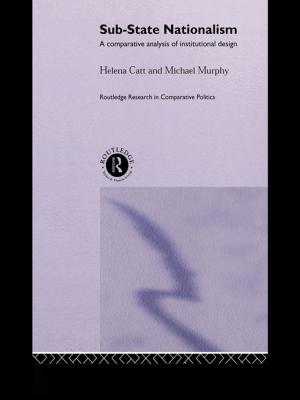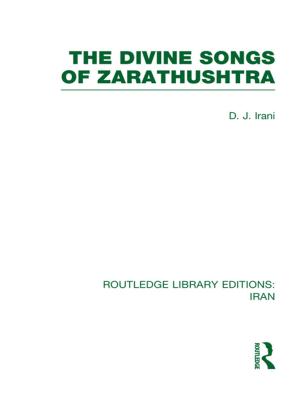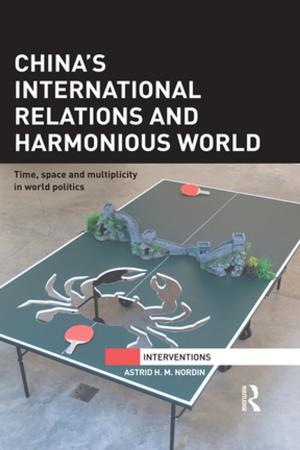Sacred Sites and Sacred Spaces
Nonfiction, Religion & Spirituality, Philosophy, Social & Cultural Studies, Social Science| Author: | Christopher Robin Lee | ISBN: | 9781466157620 |
| Publisher: | Christopher Robin Lee | Publication: | January 16, 2012 |
| Imprint: | Smashwords Edition | Language: | English |
| Author: | Christopher Robin Lee |
| ISBN: | 9781466157620 |
| Publisher: | Christopher Robin Lee |
| Publication: | January 16, 2012 |
| Imprint: | Smashwords Edition |
| Language: | English |
Sacred Sites and Sacred Spaces. By Christopher Robin Lee. Copyright 2012 by Christopher Robin Lee. All USA and international copyrights are reserved by the author. First edition 2012. Portland, Oregon, U.S.A.
Book cover photograph of the Author's Tibetan Buddhist at-home Altar. Book cover photograph by Paul K. J. Harris. Photograph of author by Sara ‘Khalila’ Hill. Hand-drawn sketches by the author of an above view of the Sky Temple and a Medicine Wheel are enclosed in this Book.
Table of Contents:
Part A: Why Sacred Sites and Sacred Spaces are so important to humanity. Why have a Sacred Space or Sacred Site? Possible eventualities from the use of Sacred Spaces. Sacred Space activities and functions. Peak use time. Priority use of Sacred Spaces. Activities: Ceremonies / rituals. Special events. Frequent events. Non-scheduled times. Use of sacraments. Sacraments used in ritual ceremony.
Part B: “The Sky Temple”: A Sacred Site proposed. Sketch of the floor plan of the Sky Temple, seen from above, with explanatory notes. Sketch of the floor plan of the Sky Temple, seen from above, without explanatory notes. Structural design considerations of the Sky Temple. Temple dimensions. Location considerations of the Sky Temple. Business considerations of the Sky Temple. Financial needs of the Sky Temple. Ideas for funding sources to support the Sky Temple. Miscellaneous concerns. Sketch of the Sky Temple and the land around it, as seen from above.
Part C: Sketch of the floor plan of one possible configuration of a Medicine Wheel. The Medicine Wheel, the 2011 vernal (spring) equinox Medicine Wheel ceremony (Portland, OR.)
Part D: A Tibetan Buddhist Sacred Space. Photograph of the author’s at-home Tibetan Buddhist Altar. Why I like Tibetan Buddhism.
Part E: An impromptu, temporary Sacred Space.
Part F: Creating your own Sacred Space.
Part G: Spirituality for Atheists and Agnostics.
Part H: Spiritual Path Journal.
Author biography. Photograph of the author.
Sacred Sites and Sacred Spaces. By Christopher Robin Lee. Copyright 2012 by Christopher Robin Lee. All USA and international copyrights are reserved by the author. First edition 2012. Portland, Oregon, U.S.A.
Book cover photograph of the Author's Tibetan Buddhist at-home Altar. Book cover photograph by Paul K. J. Harris. Photograph of author by Sara ‘Khalila’ Hill. Hand-drawn sketches by the author of an above view of the Sky Temple and a Medicine Wheel are enclosed in this Book.
Table of Contents:
Part A: Why Sacred Sites and Sacred Spaces are so important to humanity. Why have a Sacred Space or Sacred Site? Possible eventualities from the use of Sacred Spaces. Sacred Space activities and functions. Peak use time. Priority use of Sacred Spaces. Activities: Ceremonies / rituals. Special events. Frequent events. Non-scheduled times. Use of sacraments. Sacraments used in ritual ceremony.
Part B: “The Sky Temple”: A Sacred Site proposed. Sketch of the floor plan of the Sky Temple, seen from above, with explanatory notes. Sketch of the floor plan of the Sky Temple, seen from above, without explanatory notes. Structural design considerations of the Sky Temple. Temple dimensions. Location considerations of the Sky Temple. Business considerations of the Sky Temple. Financial needs of the Sky Temple. Ideas for funding sources to support the Sky Temple. Miscellaneous concerns. Sketch of the Sky Temple and the land around it, as seen from above.
Part C: Sketch of the floor plan of one possible configuration of a Medicine Wheel. The Medicine Wheel, the 2011 vernal (spring) equinox Medicine Wheel ceremony (Portland, OR.)
Part D: A Tibetan Buddhist Sacred Space. Photograph of the author’s at-home Tibetan Buddhist Altar. Why I like Tibetan Buddhism.
Part E: An impromptu, temporary Sacred Space.
Part F: Creating your own Sacred Space.
Part G: Spirituality for Atheists and Agnostics.
Part H: Spiritual Path Journal.
Author biography. Photograph of the author.















